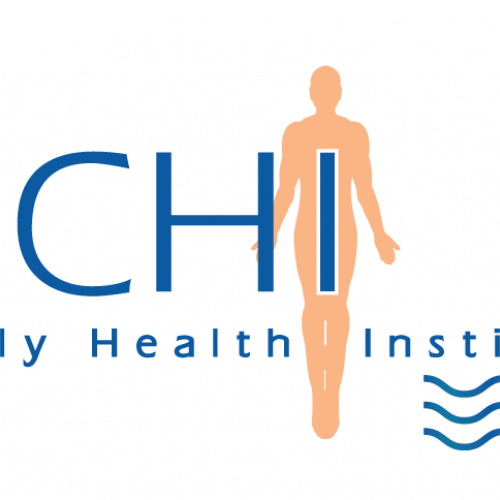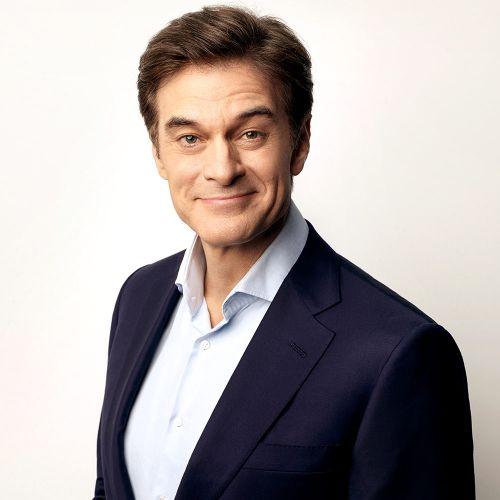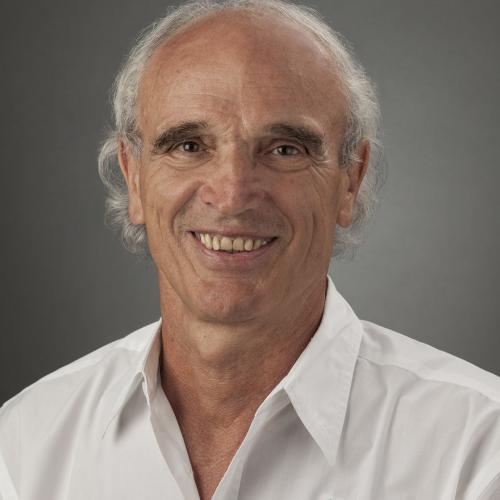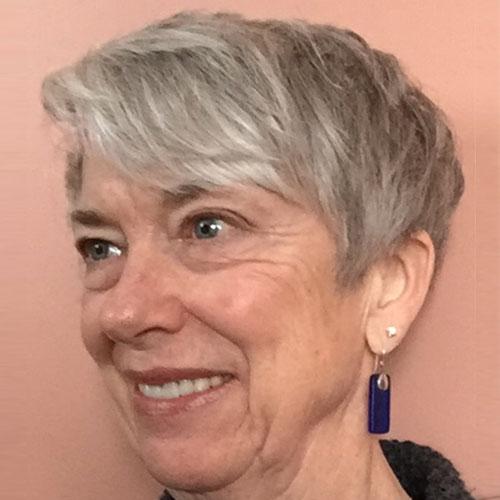- NER-L is a profound, easy, and original way to release ligaments (and tendons). We will release and reset them using endodermic, mesodermic and ectodermic techniques or neural crest techniques. The technique feels amazing to receive, and the effects are often felt during the day as a warm unfolding.
- Ligaments stabilize the whole bony structure. It is essential to work with them to align and strengthen the whole bony framework.
- We will go over most skeletal ligaments in the body. We will work, for example, with the iliolumbar ligament, sacrotuberous ligament, sacrospinous ligament, anterior and posterior coccygeal ligaments, three levels for the sacroiliac joint, anterior/posterior pubic symphysis, inguinal ligament, lacunar ligament. pectineal ligament the ligaments around the vertebrae such as the anterior and posterior longitudinal ligament, ligamentum flavum, interspinous ligament, supraspinous ligament, etc.
- Releasing the ligaments of the mandible, for example, may give you immediate effects with TMJ problems or clicking of the joint.
- Releasing the ligaments of the thyroid and cricoid cartilages often helps relieve vocal dysfunction.
We will go over numerous labs to address most of the ligaments of the body (and a few tendons):
Lab 1: Sacrotuberous, sacrospinous, sacroiliac ligaments, interosseous sacroiliac ligaments.
Lab 2: Iliolumbar and lumbosacral, anterior & posterior coccygeal ligaments.
Lab 3: Inguinal ligament (Poupart’s), lacunar ligament (Guimbernat’s), pubic ligaments.
Lab 4: Vertebral ligaments - anterior longitudinal ligament, posterior longitudinal ligament, ligamenta flava, interspinous ligament, supraspinous ligament, intertransverse ligament.
Lab 5: Upper cervical spine - lateral atlanto-occipital, transverse ligament of C1, alar, and apical ligaments.
Lab 6: Anterior thorax - interclavicular ligament, sternoclavicular ligaments, costoclavicular ligaments, chondrosternal (radiate) ligaments, interchondral membranes / ligaments.
Lab 7: Posterior ribs - anterior costovertebral (radiate) ligaments, costotransverse ligaments, intertransverse ligaments, lumbocostal ligaments (of Henle).
Lab 8: Shoulder - acromioclavicular, coracoclavicular (conoid-trapezoid), coracoacromial, coracohumeral, glenohumeral (capsular) ligaments.
Lab 9: Elbow - annular ligament, radial collateral (“fan externally”), ulnar collateral (“fan internally”), posterior ligaments.
Lab 10: Ligament of Struther’s & interosseous membrane.
Lab 11 Hand - distal volar (palmar) & dorsal radio-ulnar, radio-carpal, ulno-carpal intercarpal & carpometacarpal ligaments.
Lab 12: Hand-deep transverse metacarpal ligaments, palmar & dorsal (annular) ligaments of the finger, medial & lateral ligaments of the finger, cruciform ligaments of the finger, palmar & dorsal tendons.
Lab 13: Hip ligaments - iliofemoral (x2), pubofemoral, ischiofemoral.
Lab 14 : Knee ligaments/tendons 1 - patellar/quadriceps tendons, medial/lateral collateral, anterior / posterior cruciate, anterior / posterior fibular ligaments.
Lab 15A: Knee ligaments 2 – femoropatellar, tibiopatellar and meniscopatellar ligaments, transverse ligaments of the menisci, coronary ligaments, meniscofemoral ligaments.
Lab 15B: Knee ligaments 3 – fabellafibular ligament, arcuate ligament / arcuate popliteal ligament, popliteofibular ligament, oblique popliteal ligament ligaments.
Lab 16A: Ankle & Foot 1 – superior/inferior extensor retinaculum (transverse crural/ cruciate crural), peroneal retinacula, flexor retinaculum, inferior tibiofibular/lateral malleolli, talofibular, calcaneofibular ligaments.
Lab 16B: Ankle & Foot 2 – Deltoid ligament, posterior tibiofibular, posterior talofibular, posterior talocalcaneal ligaments
Lab 17: Foot - tarsal ligaments, tarsometatarsal ligaments, intermetatarsal ligaments, long/short plantar, palmar & dorsal (annular) ligaments of toes, medial & lateral ligaments of toes, cruciform ligaments of toes, palmar & dorsal tendons.
Lab 18: Mandible – temporomandibular, stylomandibular, sphenomandibular ligaments.
If time:
Lab 19: Larynx - thyrohyoid membrane, cricothyroid membrane, crico-hyroid lateral articulations.
Lab 20: Putting it all together / the dominant ligament dysfunction.
Contact Continuing Education (CE) Hours Total: 18 CEUs for massage therapists - NCBTMB Approved Provider # 451238-10
NCBTMB CEUs are accepted in every US state for NCBTMB certification renewal.
Most states accept NCBTMB for license renewal but not all. We are also approved for NY state.
Please look here for more information: http://www.ncbtmb.org/map/requirements-map.
Because certification and license renewal policies vary from state to state, it's important for you to make sure the CEUs are accepted wherever you practice. Therefore, please be aware that this information may not apply in your state.
Check your state’s website at: http://www.ncbtmb.org/regulators/state-info.
LEARNER’S OBJECTIVES
- By the end of the 1st-day participants will be able to correctly describe 5 clinical applications of the NER-L technique
- By the end of the 1st-day participants will be able to correctly demonstrate on a live person NER-L technique for a Pelvic ligament
- By the end of the course participants will be able to correctly demonstrate on a live person the NER-L technique for iliolumbar ligaments
- By the end of the course participants will be able to correctly demonstrate on a live person NER-L technique for inguinal ligament
- By the end of the course participants will be able to correctly demonstrate on a live person NER-L technique for a vertebral ligament
- By the end of the course participants will be able to correctly demonstrate on a live person NER-L technique for a costal ligament
- By the end of the course participants will be able to correctly demonstrate on a live person NER-L technique for a shoulder ligament
- By the end of the course participants will be able to correctly demonstrate on a live person NER-L technique for an elbow ligament
- By the end of the course participants will be able to correctly demonstrate on a live person NER-L technique for a wrist ligament
- By the end of the course participants will be able to correctly demonstrate on a live person NER-L technique for a hip ligament
- By the end of the course participants will be able to correctly demonstrate on a live person NER-L technique for a knee ligament
- By the end of the course participants will be able to correctly demonstrate on a live person NER-L technique for a foot ligament
- By the end of the course, the participant will be able to correctly distinguish on a live adult from all possibilities the location of the dominant ligament in dysfunction using the fascial techniques (full body assessment/diagnostic).
OUTLINE
Day One: 6.5 Hours
9:00 – 9:15 am Introduction, teachers, students, teaching assistants, and facilitator. Teaching material
Ligaments and tendons: anatomy/physiology / clinical applications
Self-reflection and identification of growth opportunities
9:15 - 9:30 am Demonstration of the NER-L technique
9:30 - 11:00 am Lab: NER-L technique for the Pelvis ligaments (sacrotuberous, sacrospinous, sacroiliac ligaments)
11:00 - 11:15 Break / group discussion
11:15 - 12:30 Lab: NER-L technique for the iliolumbar and coccygeal ligaments
12:30 - 2:00 Lunch
2:00 - 3:30 Lab: NER-L technique for the Inguinal, lacunar, and pubic ligaments
3:30 - 3:45 Break / group discussion
3:45 - 5:30 Lab: NER-L technique for the vertebral ligaments
Day Two: 6.5 Hours
9:00 - 11:00 Lab: NER-L technique for the anterior and posterior costal ligaments
11:00 - 11:15 Break / group discussion
11:15 - 12:30 Lab: NER-L technique for the shoulder ligaments
12:30 - 2:00 Lunch
2:00 – 2:30 pm Case Studies
2:30 - 3:30 Lab: NER-L technique for the elbow ligaments
3:30 - 3:45 Break / group discussion
3:45 - 4:45 Lab: NER-L technique for the wrist and hand ligaments
4:45 – 5:30 Lab: NER-L technique for the hip ligaments
Day Three: 5 hours
9:00 - 10:30 Lab: NER-L technique for the knee and ankle ligaments
10:30 - 10:45 Break / group discussion
10: 45 - 11:45 Lab: NER-L technique for the foot ligaments
11: 45 - 12:45 Lab: NER-L technique for the mandibular (temporo-, stylo- and sphenomandibular) and ocular ligaments
12:45 - 2:00 Lunch
2:00 – 3:30 Lab: Full body assessment/diagnostic/treatment
Self-Treatment
Self-Reflection and identification of changes for practitioner’s practice.
Prerequisites: None
Please have a strong background in your anatomy knowledge.
Previous CranioSacral or Chikly Brain Curriculum training is a plus.
Please review the location of the following ligaments:
Lab 1: Sacrotuberous, sacrospinous, sacroiliac ligaments, interosseous sacroiliac ligaments.
Lab 2: Iliolumbar and lumbosacral, anterior & posterior coccygeal ligaments.
Lab 3: Inguinal ligament (Poupart’s), lacunar ligament (Guimbernat’s), pubic ligaments.
Lab 4: Vertebral ligaments - anterior longitudinal ligament, posterior longitudinal ligament, ligamenta flava, interspinous ligament, supraspinous ligament, intertransverse ligament.
Lab 5: Upper cervical spine - lateral atlanto-occipital, transverse ligament of C1, alar, and apical ligaments.
Lab 6: Anterior thorax - interclavicular ligament, sternoclavicular ligaments, costoclavicular ligaments, chondrosternal (radiate) ligaments, interchondral membranes / ligaments.
Lab 7: Posterior ribs - anterior costovertebral (radiate) ligaments, costotransverse ligaments, intertransverse ligaments, lumbocostal ligaments (of Henle).
Lab 8: Shoulder - acromioclavicular, coracoclavicular (conoid-trapezoid), coracoacromial, coracohumeral, glenohumeral (capsular) ligaments.
Lab 9: Elbow - annular ligament, radial collateral (“fan externally”), ulnar collateral (“fan internally”), posterior ligaments.
Lab 10: Ligament of Struther’s & interosseous membrane.
Lab 11 Hand - distal volar (palmar) & dorsal radio-ulnar, radio-carpal, ulno-carpal intercarpal & carpometacarpal ligaments.
Lab 12: Hand-deep transverse metacarpal ligaments, palmar & dorsal (annular) ligaments of the finger, medial & lateral ligaments of the finger, cruciform ligaments of the finger, palmar & dorsal tendons.
Lab 13: Hip ligaments - iliofemoral (x2), pubofemoral, ischiofemoral.
Lab 14: Knee ligaments/tendons - patellar/quadriceps tendons, medial/lateral collateral, anterior / posterior cruciate.
Lab 15: Knee ligaments – medial/lateral collateral ligament, fabellafibular ligament, arcuate ligament / arcuate popliteal ligament, popliteofibular ligament, oblique popliteal ligament, transverse, coronary, meniscofemoral ligaments.
Lab 16: Ankle & Foot – superior/inferior extensor retinaculum (transverse crural/ cruciate crural), peroneal retinacula, flexor retinaculum, inferior tibiofibular/lateral malleolli, talofibular, calcaneofibular, deltoid ligaments, posterior tibiofibular, posterior talofibular, posterior talocalcaneal ligaments.
Lab 17: Foot - tarsal ligaments, tarsometatarsal ligaments, intermetatarsal ligaments, long/short plantar, palmar & dorsal (annular) ligaments of toes, medial & lateral ligaments of toes, cruciform ligaments of toes, palmar & dorsal tendons.
Lab 18: Mandible – temporomandibular, stylomandibular, sphenomandibular ligaments.
If time:
Lab 19: Larynx - thyrohyoid membrane, cricothyroid membrane, crico-hyroid lateral articulations.
Lab 20: putting it all together / the dominant ligament dysfunction.
Price: $950
Registration Discount: $750
This is a class with no CHI class prerequisites. If you have never taken a class with CHI, you are invited to receive a $200 discount ($750) for this class if paid in full 45 days before the class start date.
(If the class is not paid in full 45 days before the start of class, the rate automatically goes up to $950)
For all other participants, you can receive the $750 discounted price by using your CHI-Pak or by registering and making a minimum deposit of $200 at a prior CHI class and pay the balance in full 45 days before the class start date.
Repeat: $475







